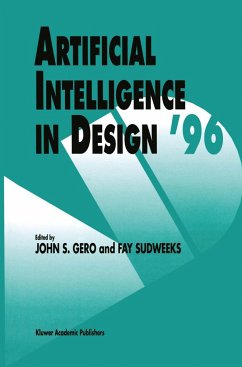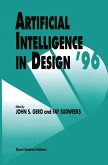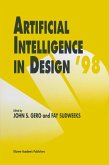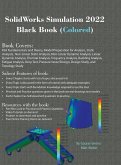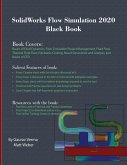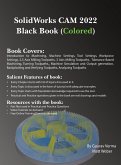Change is one of the most significant parameters in our society. Designers are amongst the primary change agents for any society. As a consequence design is an important research topic in engineering and architecture and related disciplines, since design is not only a means of change but is also one of the keystones to economic competitiveness and the fundamental precursor to manufacturing. The development of computational models founded on the artificial intelligence paradigm has provided an impetus for much of current design research -both computational and cognitive. These forms of design research have only been carried out in the last decade or so and in the temporal sense they are still immature. Notwithstanding this immaturity, noticeable advances have been made both in extending our understanding of design and in developing tools based on that understanding. Whilst many researchers in the field of artificial intelligence in design utilise ideas about how humans design as one source of concepts there is normally no attempt to model human designers. Rather the results of the research presented in this volume demonstrate approaches to increasing our understanding of design as a process.
Hinweis: Dieser Artikel kann nur an eine deutsche Lieferadresse ausgeliefert werden.
Hinweis: Dieser Artikel kann nur an eine deutsche Lieferadresse ausgeliefert werden.
`...well produced and clearly printed. It ends with a list of good resolutions for future work which, if implemented succesfully, will greatly advance our knowledge of this far-from-peripheral area of astronomy and link it more closely to studies of the interstellar medium, the formation of stars and, sepecially in the post-Giotto era, of comets.' The Observatory (August 1986)
`...well produced and clearly printed. It ends with a list of good resolutions for future work which, if implemented succesfully, will greatly advance our knowledge of this far-from-peripheral area of astronomy and link it more closely to studies of the interstellar medium, the formation of stars and, sepecially in the post-Giotto era, of comets.' The Observatory (August 1986)

